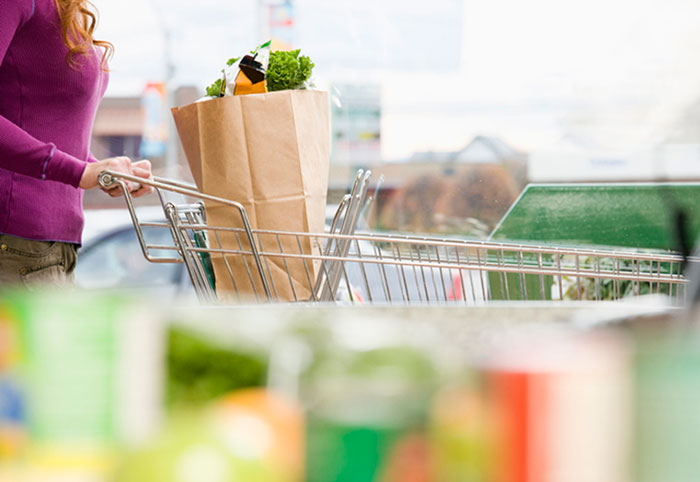Grocery retail is going through a significant reinvention as it continues to move into the era of the consumer. Below, Sy Fahimi, senior VP product strategy, Symphony RetailAI, provides his predictions on what retailers will be focusing on in 2019.
• Rise of voice in retail. While voice ordering is still in its infancy, the rise of voice assistants in other areas of retail demonstrates the value of speech recognition. As voice continues to grow in popularity, we’ll see it assist consumers, improving efficiency around ordering groceries and delivering to their fridge. Voice technology can also be implemented internally to stream-line a retailer’s processes and operations.
• Online grocery shopping makes gains. Online will become a bigger part of the overall shopping experience. While in-store and online will continue to converge into one channel – allowing consumers to order online and pick up in store, or use click and collect – online will play a larger role in influencing purchases, as consumers get inspiration from social media use or viewing recipes, for example.
Grocers will also become much more adept at providing consistent and engaging updates for online customers, a la GrubHub or Dominos, giving them valuable real-time insight into their order status and reducing the friction between in-store control and online convenience.
• The blurring of channels. Shoppers are always connected and always on their phone. Because of this, we’re not only going to see the blurring of lines between online and in-store, but between every channel.
Independent channels, formats and brands will all blur to become more experience-based. For example, we will see more grocery stores that also have restaurants and banks inside, which is how retailers will be able to compete with Amazon. With Amazon, the consumer experience is always the same, no matter the product purchased, so it’s up to retailers to provide a friendly and engaging shopping environment.
• Empowered consumers demand fresh and local. We’ll see continued, accelerated growth around fresh and local foods. Consumers are more informed, empowered and selective in terms of what they want to eat more than ever, requiring more product transparency, especially when it comes to a food’s source.
• Private labels accelerate CPG innovation. Discount supermarkets have invested in private label products, and as a result of this, the quality of private label has caught up to the brand itself. Shoppers have more choices than ever, and for a much lower cost can buy private label items. This is an issue for CPGs currently distributing their products through the stores, as this model is being disrupted.
For the first time, CPGs are looking at direct-to-consumer ways to promote their brand and influence shoppers, instead of relying on retailers. As a result, CPGs have begun to create data management platforms as they influence and communicate with consumers.

